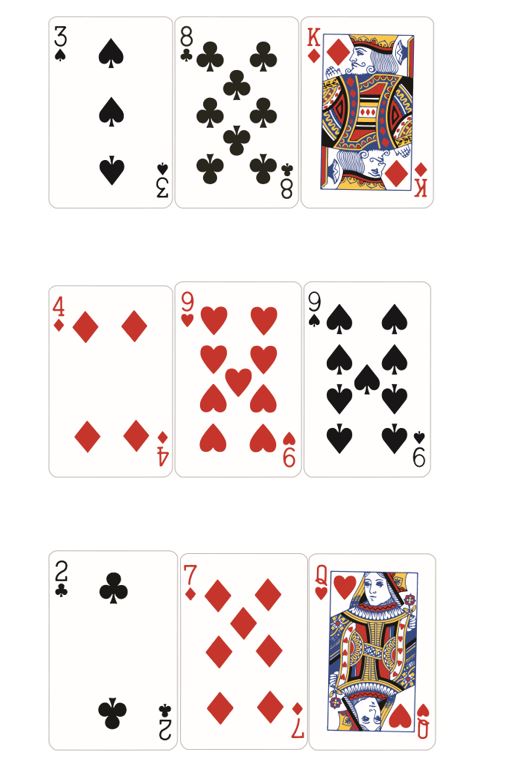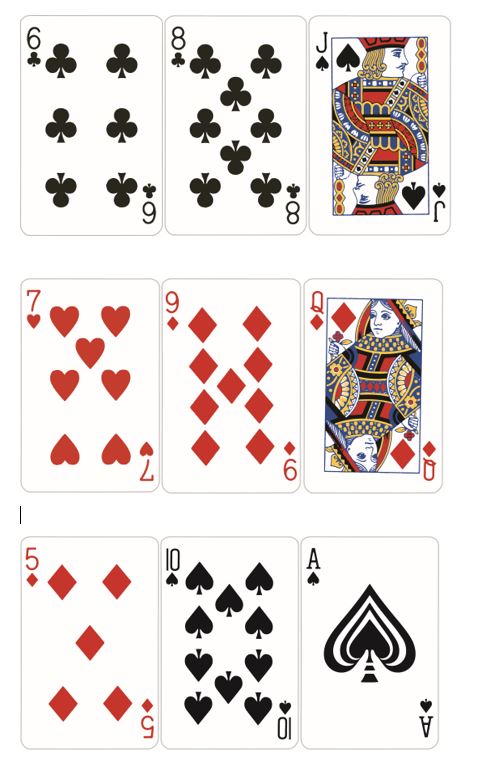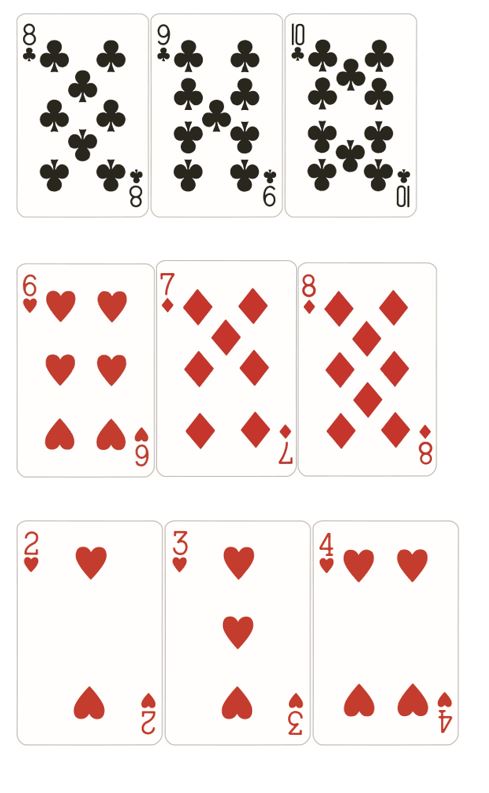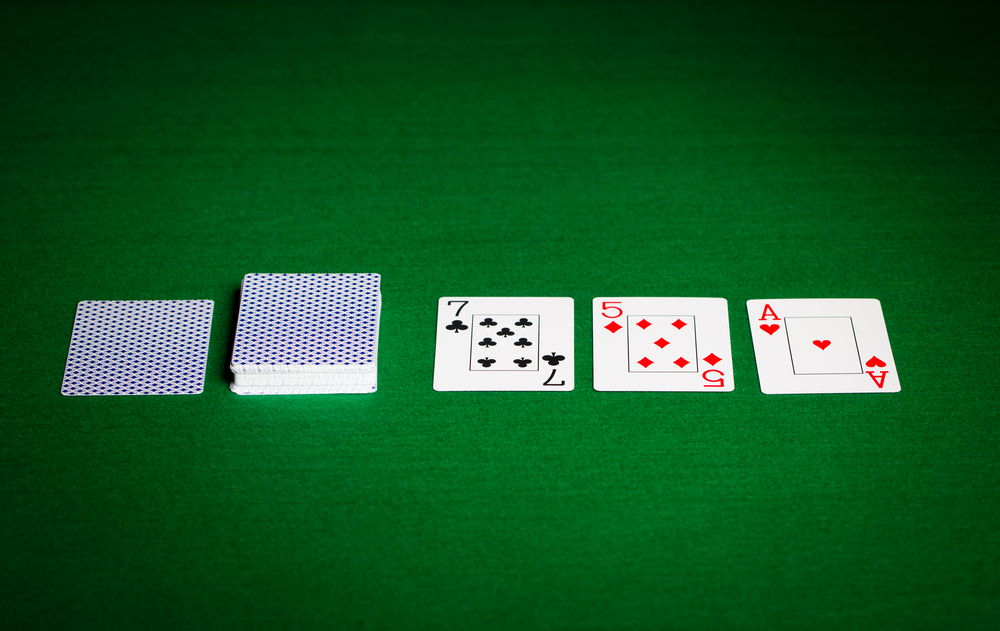Have you ever given the flop textures much thought? You may intuitively know which flops hit opponents and which don’t. Either way, the flop texture in Texas Hold’em is a vital part of any hand. If you’re playing a TAG game, you’re often going to be the pre-flop aggressor and have to decide whether a continuation bet will work. If you’re the caller, you’ll need to know whether your opponent is likely to continue with air or not. Finally, you’ll also want to know who’s range it favours. In this article we look at what flop texture is and identify the three common types with explanation and illustration.
What is Flop Texture?
It is the composition of the cards that make up the flop. They can be suited, rainbow, co-ordinated, paired or dry. How you play will be dependant on what you perceive your opponent’s range is and whether it connects with the flop texture.
The Dry Flop
A dry flop is one that is disconnected, often with a high card and some low cards. A dry flop will contain no straight or flush potential. These boards can expect a high fold frequency from opponents as it is hard to continue. Due to the absence of draws, dry flops are considered safe to slow play on.
Here are some examples of dry flop textures:

The Mixed Flop
A mixed flop is one that doesn’t present any straight or flush right now but have draws possible. Opponents will find it easier to continue on these boards as they can have made hands like top pair or 2nd pair or a straight or flush draw. These can be tricky flops to narrow opponents ranges down and takes finesse to navigate on turns and rivers.
Here are some examples of mixed flops:

The Wet Flop
A wet flop is otherwise known as a “scary” flop. It already presents potential straight or flushes and is heavily co-ordinated. As such, one pair hands are incredibly vulnerable on these boards. Depending on the opponent type, certain wet flops are more likely to smash an opponents range of hands. Wet flops are also likely to drive action in multi-way pots as players could be competing with flush or straight vs pair and draw combo type hands. Wet flops are not easy to get bluffs through as players will often have something to continue with.
Here are some examples of wet flops:

Final Thoughts on Flop Textures
This article is designed to help you categorise flop textures quickly. By instinctively recognising the different flops and what they represent will assist you in decision making. Rather than always c-betting or check/folding, you should be assessing the opponent(s) involved and weighing up what the best move is.
This post has only explained what the flop textures are. If you are keen to learn when to c-bet, how much , how often and in what spots with various hand strengths, we recommend taking our continuation bet course. It’s the most in depth c-bet course online and can be yours for $99.99. It covers all the flop textures against the common opponent types. You’ll be given 9 modules of content with quizzes at the end of each.



